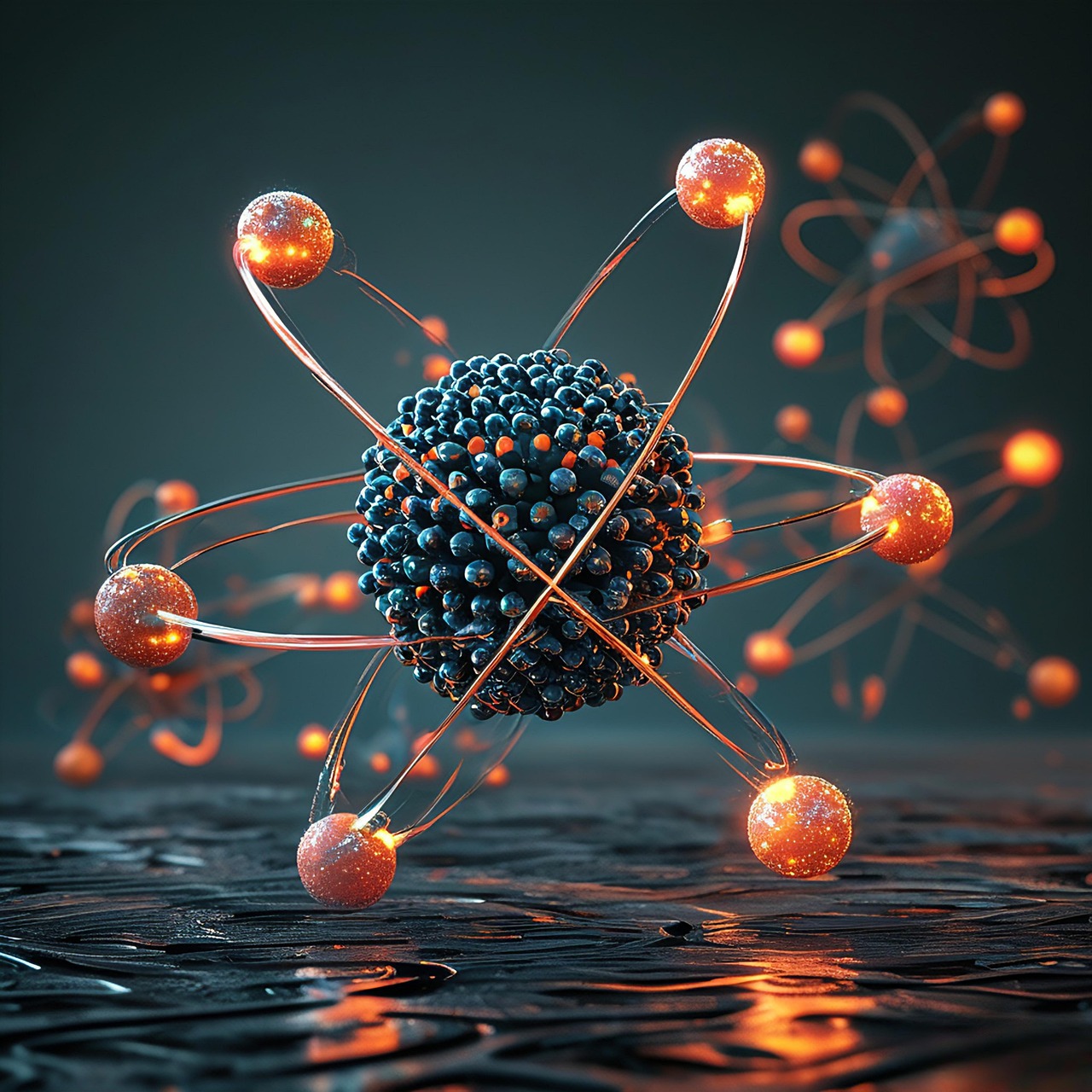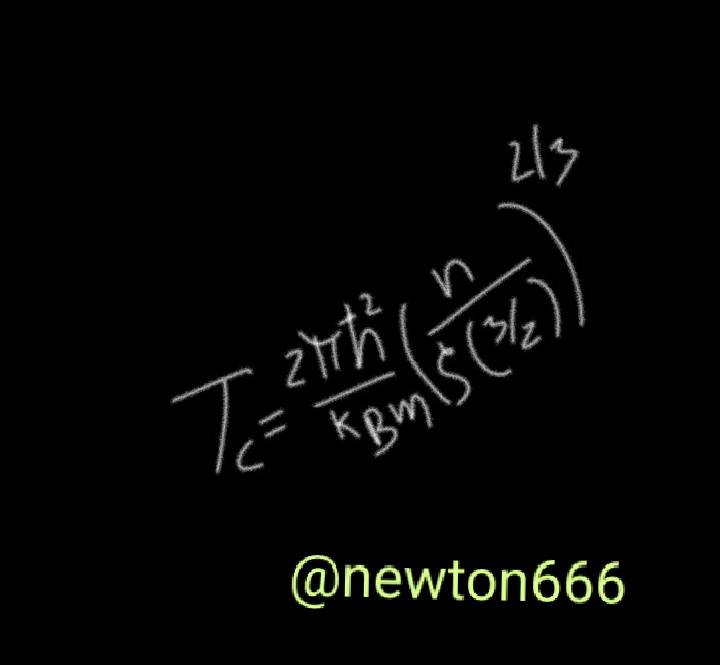Quantum condensed matter // A constantly evolving field of research

Pixabay
In addition, the place where very small things come together studies how those particles can create rare forms of matter, like superconductors and Bose-Einstein clusters, where the very small is seen in large things. Knowing this has not only given us a better understanding of the universe, but has also led to inventions in rare computers, dwarf technology, and how to transfer energy without losing it.
So quantum physics changed everything, showing a place where things are uncertain, where things come together, and there are very strange things. This continues to happen, going further, searching for space and creating new things that we will use for new knowledge as part of science and other hypotheses.
Well, my fellow readers, as I like to say, the unique thing about physics is this: Quantum condensed matter is like watching a bunch of friends at a party, seeing what they do when they're together, instead of analyzing each one separately. Unlike the physics of small things, which is like looking for puzzle pieces, the physics of lumped matter explores how those friends playing together create things you wouldn't expect. Things like superconductivity and Bose-Einstein groups are like magic tricks, helping us understand how materials work and create incredible things.
My dear readers, let's reminisce or add a little something to history, since a unique and rare thing about quantum matter is superconductivity. It was discovered in 1911 by a man named Heike Kamerlingh Onnes, and it occurs when something gets very cold. It loses all its resistance to electricity and conducts it without expending any energy. This has led to incredible things, like floating train magnets and devices that accelerate small things.
The idea of why superconductors work came in 1957, with the BCS (Bardeen, Cooper, and Schrieffer) theory, which explained how electrons come together in pairs, called Cooper pairs. These pairs act as a rare group, a quantum state, and allow electricity to flow freely. Since new high-temperature superconductors have emerged in recent years, and no one quite knows how they work, understanding how this works has helped us to do a lot of research to find superconductors that work at more normal temperatures and can be used for useful purposes.
Bose-Einstein Condensates // The Fifth State of Matter
Another cool thing in the world of tiny stuff is the Bose-Einstein Condensate (BEC). Albert Einstein and Satyendra Nath Bose thought it up in the 1920s. Scientists saw it in real life in 1995, when Eric Cornell and Carl Wieman cooled rubidium atoms to almost nothing.
In this place, where atoms are no longer like separate little balls, but come together and do things as a single quantum being, like a "super particle." This helped us see strange things in quantum physics, but on a larger scale, and led to inventions like quantum simulation games and light from atoms. The BEC occurs when a gas of bosons cools below a critical temperature.
An important fact is that most of the particles occupy the quantum ground state. This critical temperature is calculated using the following formula:

ℏ is the reduced Planck constant.
𝑘𝐵 is the Boltzmann constant.
𝑚 is the mass of the boson particles.
𝑛 is the number density of particles.
ζ(3/2) is the Riemann zeta function evaluated at
3/2, whose approximate value is 2.612
When the temperature 𝑇 of the gas is reduced below 𝑇𝑐, a significant fraction of the particles enter the ground state, forming the condensate.
Bibliographic reference
Cosmic tension: Dark energy and the evolution of the universe by Alejandro Gangui, 2021.
Truths and Lies of Quantum Physics by Carlos Sabín, 2020.
Quantum Physics for Beginners by Brad Olsson, 2020.